What The Impact of COVID-19 Shutdowns on the Environment Taught Us
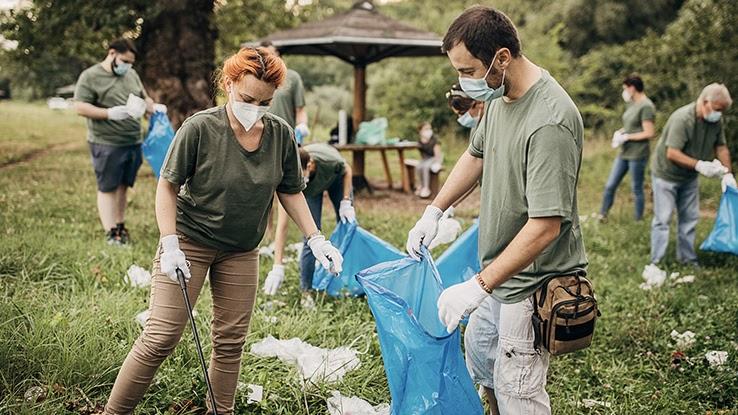
When the coronavirus first started to spread, the environmental impacts all seemed positive. We turned on our TVs to see newscasters talking about strange sightings of animals roaming freely in national parks and marine life thriving — in between virus reports, of course. With the sudden drop in air, water and sound pollution, the world suddenly felt cleaner and safer, and wildlife around the world was more than happy to take advantage of the sudden relative emptiness of their habitats.
But does all that clean air and water mean the side effects of COVID-19 have been positive for the environment? More than two years into the pandemic, the answer isn’t a simple yes or no. From better air quality and lower emissions to more cars on the road and massive deforestation, the impacts of COVID-19 on the environment continue to be complex and evolving.
We Had Better Air Quality, But It Didn’t Last
NASA scientists have been studying the environmental impact of COVID-19 quarantines and other changes to human behavior. A quick review of their publications paints a pretty clear picture. Initial impacts of lockdowns on the environment were positive, leading quickly to cleaner air. Further studies found that certain particles cleared out of the air much more quickly than others, with smaller particles that cause more human health complications reacting more to weather patterns than lockdowns. Additionally, as scientists expected, this cleaner air didn’t have staying power after lockdowns ended. Scientists found that nitrogen dioxide levels in China, that had dropped dramatically during lockdown, quickly rebounded to match pre-pandemic levels.

A reduction in air travel also had a positive impact on the environment. Airports are hot spots for higher concentrations of nitrogen dioxide because of the volume of fuel burned by airplanes. This year, in 2022, we saw demand for air travel return to pre-pandemic rates, and with that, so did the pollution that comes from such travel. Although airplanes aren’t moving toward electric operation yet, the reduction in air travel and the environmental impacts of it demonstrated the need for alternative fuel sources with cleaner exhaust.
Finally, according to a study from Science Advances, although there was an improvement in some areas of air quality while people around the globe were sheltering in place, researchers did not see a change in the ozone layer or other positive changes. Ultimately, they came to the conclusion that we can’t just shelter in place to fix the climate, and legislative policies are a needed to improve air quality.
Carbon Emissions Were Down
One of the main positives of lockdown on the environment was the lower levels of carbon emissions produced. While carbon dioxide (CO2) is an essential element in keeping the planet warm, there can be too much of a good thing. This powerful greenhouse gas causes the temperature of the earth to rise, and the resulting average temperature has reached unprecedented levels in recent years.
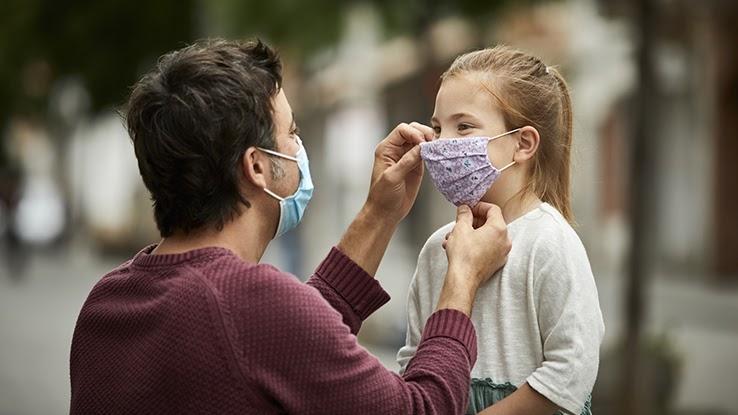
Through things like deforestation and the burning of fossil fuels, human activity has greatly increased the levels of CO2 over the years, leading to global warming and changes in ecosystems around the world. During periods of lockdowns and travel bans, China saw a 25% decrease in carbon emissions over a four-week period. That’s not surprising when you think about the number of factories all over the world that temporarily shut down and the number of cars that weren’t on the roads.
But by November of 2021, carbon emissions had returned to their pre-pandemic levels. What’s more, these pre-pandemic levels represent a steady rise, with emission levels between 2010 and 2019 being higher than they have ever been in human history. Decreasing global carbon emissions dramatically in the next decade is key to staving off the most catastrophic impacts of global warming.
Fish Populations Briefly Boomed
Restaurants and hotels are among the largest purchasers of seafood and fish. With demand down, and the need to keep fisherman and crews safe, commercial fishing dropped significantly. In areas where there is normally a lot of commercial fishing, companies are struggling to stay in business. In the EU, for example, financial aid has been approved to help keep the fishing and agriculture industries afloat.
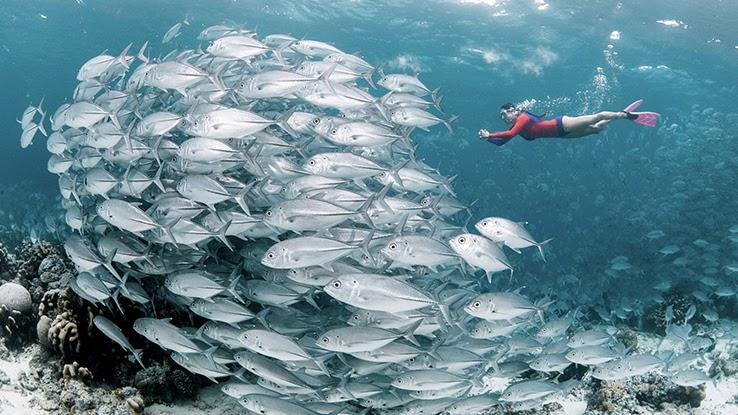
In a small win for the environment, fish population thrived. Some marine animals were spotted in places where they haven’t been found in decades. In the Atlantic Ocean, the breeding season took place from April through June, months that saw some of the strictest lockdowns and halts in fishing activities. This gave many fish a much-needed boost to their reproduction.
But overfishing continues to be a problem for both fish populations and marine ecosystems more broadly. Bycatch refers to the catching of other marine life not intended for sale. This impact of fishing practices threatens dolphins, whales, sea birds, and other populations. Additionally, overfishing has ripple effects on other organisms that interact with fish. Coral reef can become overrun with algae when there aren’t enough fish to feed on the algae, which in turn weakens the reef. Limiting government subsidies to the fishing industry could be one way to limit the harmful impacts of fishing practices, but little political progress has been made on this front.
There Was More Traffic on the Road Instead of Less
When lockdowns first spread to most major cities, the number of cars on the road decreased significantly. Many businesses allowed people to work from home, and schools switched to remote learning. Even when lockdown restrictions started being lifted, many office workers continued to work from home, and many schools organized plans to continue with virtual instruction at the start of the new school year. Considering those factors, you might expect to still see fewer cars on the road, but that isn’t the case everywhere.
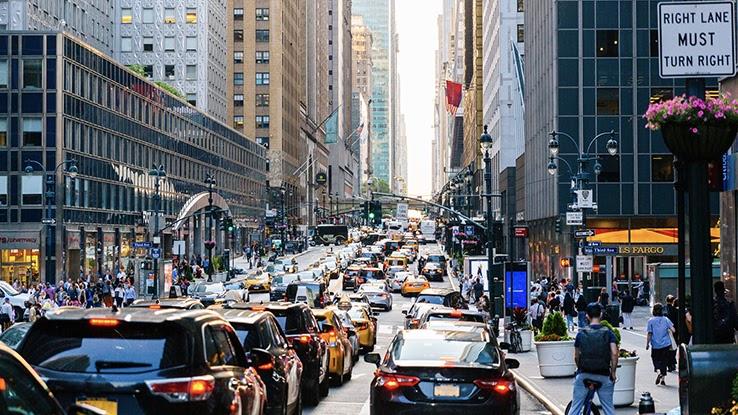
In some large cities, we’re seeing more cars on the road than we did prior to the pandemic. In China, for example, traffic is back up to where it was before lockdown orders began. Even though many people still aren’t traveling or commuting, COVID-19 concerns have made those who have returned to work afraid of taking public transportation.
Reduced public transit routes aren’t helping. Carpooling rideshares became a thing of the past in 2020, and there has been a shortage of drivers for companies like Lyft and Uber since the pandemic’s onset. Many essential workers and employees of reopened businesses are driving their own cars to work instead of taking mass transit. To try to balance this, some cities are looking into widening bike lanes, but it might not be enough to combat the increased (once again) pollution from cars.
Deforestation Rages on in the Amazon
Brazil has become one of the epicenters of COVID-19. Indigenous populations are facing threats from the pandemic as well as illegal loggers. With the pandemic serving as a distraction, illegal loggers went to work destroying parts of the Amazon rainforest without fearing repercussions. Before the pandemic, loggers would have faced harsh punishments and fines if they were caught — but during lockdown, not so much. Government agencies were too busy focusing on healthcare demands and fighting the pandemic.
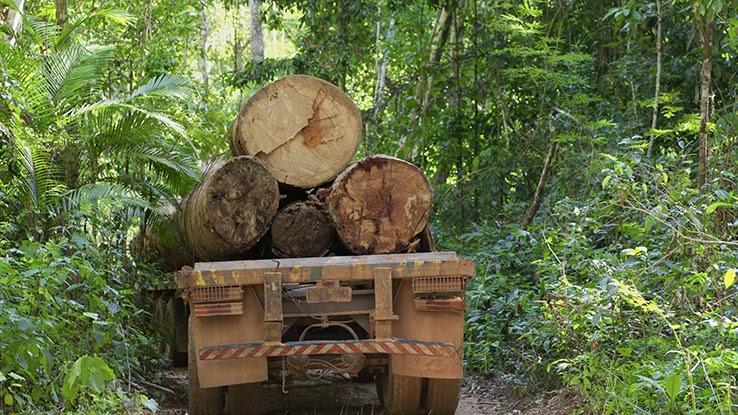
To make matters worse, after loggers clear an area of forest, they burn the remaining vegetation, resulting in a large amount of thick, toxic smoke clouds that can irritate the lungs and cause heart, lung and respiratory problems. When you combine this with COVID-19 symptoms, indigenous people end up fighting for their lives on multiple fronts.
Discarded Masks and Gloves Are Littering Our Oceans
Another negative “marine” side effects COVID-19 is the number of masks and gloves that have been found in the ocean. The Guardian reported that French divers recently found more masks than jellyfish in some areas along the coast. While things like masks, empty hand sanitizer bottles and disposable gloves, aren’t that different from the usual litter found in the ocean, their presence could signal trouble ahead.

People worldwide have been told repeatedly to sanitize their hands, wear gloves and, most importantly, wear masks to protect themselves and others from COVID-19. Mass production of single-use masks and gloves has been in overdrive since March 2020. If people don’t discard these items properly or switch to reusable alternatives, we could be facing an ocean littering problem in the near future that far exceeds anything we’ve seen before. Fish, marine life and shorelines will bear the brunt of all that extra trash in our waterways.
The Post-COVID Outlook
The slowdown of manufacturing and travel may not have had lasting impacts on the environment, but it did allow us to glimpse what a less polluted world could look like. Unfortunately, as industries shift back into high gear and try to make up for lost time, governments are still too focused on the pandemic to strictly enforce environmental protections. The public also continues to shy away from mass transit for now due to health concerns.

The hope is that those small windows of time when the world was moving at a slower pace showed policymakers and environmentalists the positive effects that could be possible with change. And perhaps those small windows of time showed you that great change can happen quickly. Policy makers have repeatedly demonstrated an unwillingness to move quickly enough in the face of the climate crisis, but an organized and unsatisfied public can push them more quickly to action. Consider getting involved with a local climate advocacy group to push policy makers towards more drastic changes.





